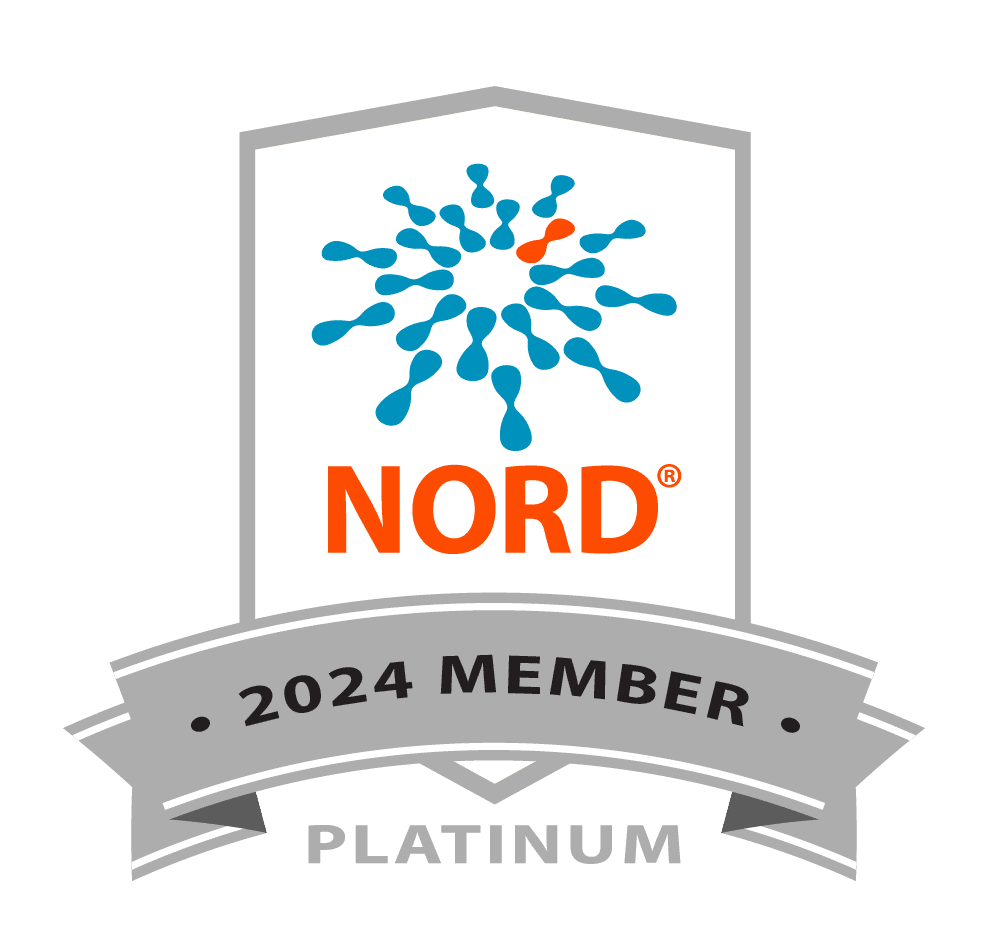Kenneth Irvine of the Alpha-1 Foundation spoke with Geoff Case of RARE Revolution Magazine about the organization’s research efforts. Kenneth explains why his current project focuses on detection of the disease and researching best practices.
Can you tell me about your personal experience with Alpha-1?
My late wife, Bettina, was diagnosed with alpha-1 antitrypsin deficiency, a rare genetic lung and liver disease, almost 30 years ago. She received the best of care, a double lung transplant and enjoyed many years of additional life. Since then, my life pursuit has been using my expertise gained on Wall Street pioneering new finance techniques to help find a cure.
Bettina’s legacy was creating national awareness of alpha-1 to promote early testing for a disease that is often misdiagnosed as asthma or COPD. My legacy will be the work that I have contributed to finding cures for alpha-1 that will benefit my sons, my beautiful grandchildren and thousands of others.
How has the Alpha-1 Foundation advanced research?
I have been a board member of the Alpha-1 Foundation since 2006. Over that time, we have pursued a $90 million 20-year basic research programme. The focus now is improving quality of life and finding a cure.
I am also a founder member of the Alpha-1 Project (TAP). TAP directly invests in and supports pharmaceutical and biotech companies, bridging the gap between basic academic research and the development of new drug targets and devices to find therapies and cures for alpha-1. This venture philanthropy initiative enabled us to harvest the investment we have made in basic research by partnering with biotech companies. We have several biotechs progressing towards finding a cure, with human clinical trials ongoing.
You believe we are at a critical time in genomic medicine. Why is that?
It is a very exciting time as we are at the tipping point in genomic medicine and the paradigm is shifting from treating disease to preventing disease. Discoveries in rare diseases are converging with emerging possibilities in precision and preventive medicine.
Given the dramatic growth in genomic sequencing that is likely before the end of the decade, my working hypothesis is that a significant portion of the US population will be sequenced. This will open a gateway to precision medicine, personalised medicine, preventive medicine, advances in reproductive health and, of course, progress with rare diseases.
How do you foresee genetic testing impacting the alpha-1 community?
My current project is addressing detection and working out how to find all the undiagnosed alphas given that the average time-to-diagnosis remains at about seven years. We do have a robust continuing medical education (CME) programme (offered by the Cleveland Clinic) to encourage medical professionals to learn about and test for alpha-1 but raising awareness among healthcare practitioners is an uphill battle.
“Despite our best efforts over the last 20 years, only 10% of the patient population has been diagnosed.”
In the past the focus of the genetics community has been on newborn screening for genetic diseases where there is treatment available. In the United States, the goal for patient advocacy groups is having their condition listed on the Recommended Uniform Screening Panel (RUSP), so that states may decide to include it in their newborn screening panels. In the case of alpha-1 we do not foresee this happening as we do not have a cure today.
Universal sequencing of newborns could be a solution; however, this is again not likely in the near term.
We do offer free family testing at the Alpha-1 Foundation. However, it is expensive and does not seem to move the needle as much as we like. One suggestion has been to focus on carriers so as to identify pockets of alphas.
What might “best practices” in genetic testing look like for alpha-1 and other late-onset genetic diseases?
With the increasing number of genetic interventions, I believe that addressing the issue of best practices for late-onset, genetic diseases is becoming timely. But
I think the question of “best practices”—when an individual should be genetically tested, how they should be tested, and how one can do a better job of getting people tested—is very nuanced. I don’t think there any clear-cut answers here.
The answers may depend on the genetic disease in question: in Huntington’s, a genetic diagnosis is certain, and there’s no current treatment; in Alzheimer’s, a genetic diagnosis shows predisposition, and there are now new treatments that can slow the progress; and in alpha-1, typically misdiagnosed as COPD, a genetic diagnosis shows predisposition, and there are currently no cures, only a treatment to slow the progression of the lung disease. Then you have to consider the potential new treatments for alpha-1 and how these may change the testing paradigm.
Detection is become more of a pressing issue as in alpha-1 we’ve got some 20 treatments or potential cures in the pipeline. Biotechs are asking us where the patients are for clinical trials and, ultimately, for treatments.
I continue to research what best practices for the detection of late-onset rare diseases might look like. The details may vary depending on the circumstances of each disease, but there may be some basic fundamentals. I am hoping that this subject will become more widely discussed and I am keen to hear people’s thoughts.
Read the original article here.












